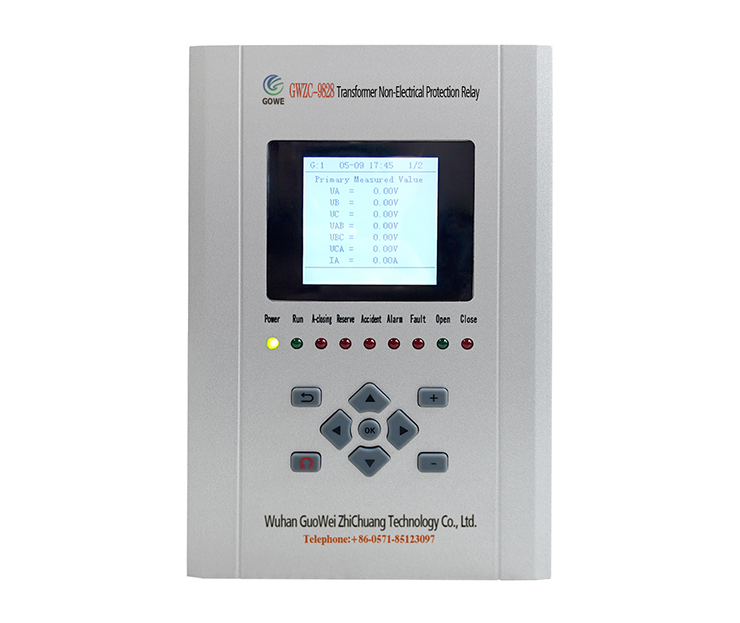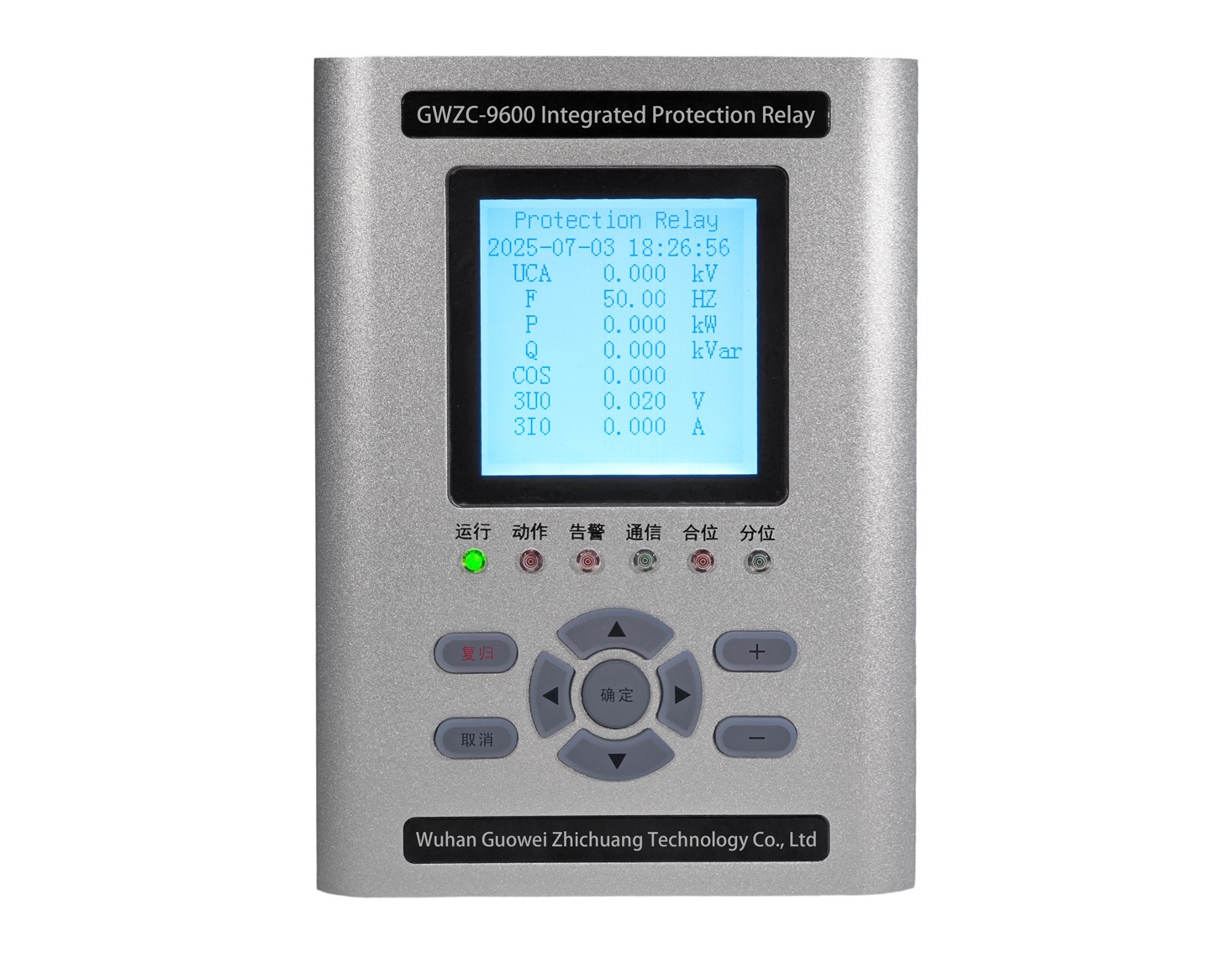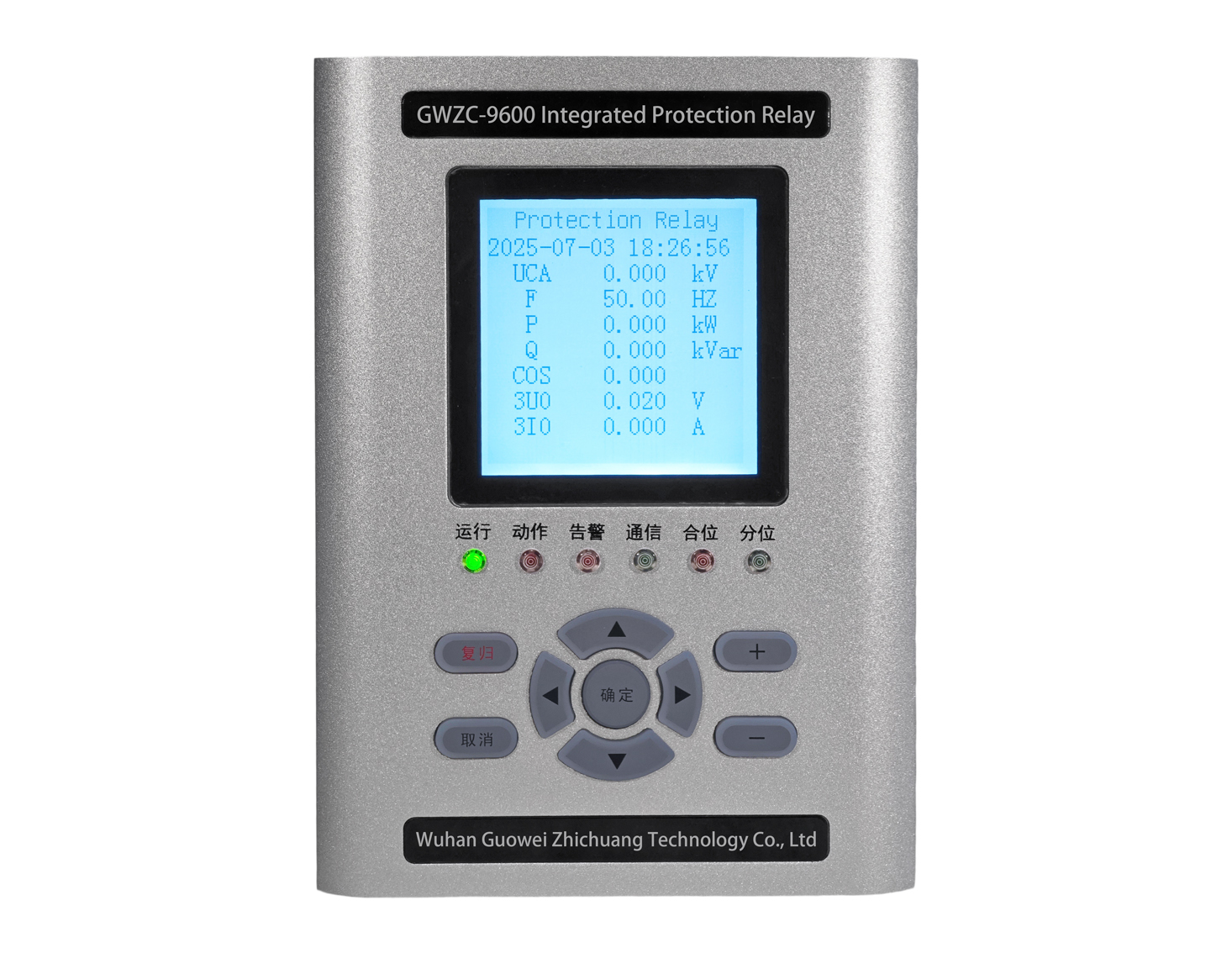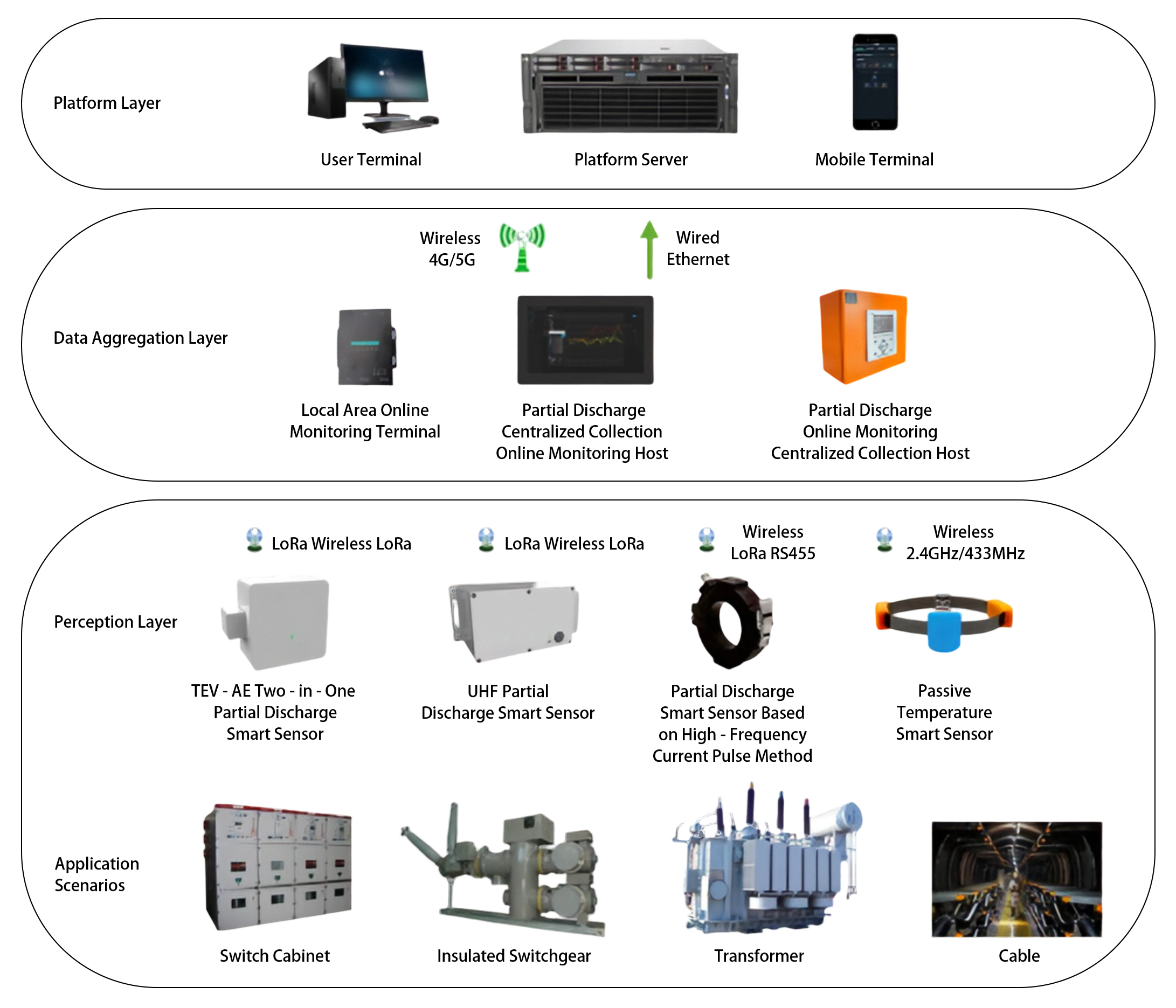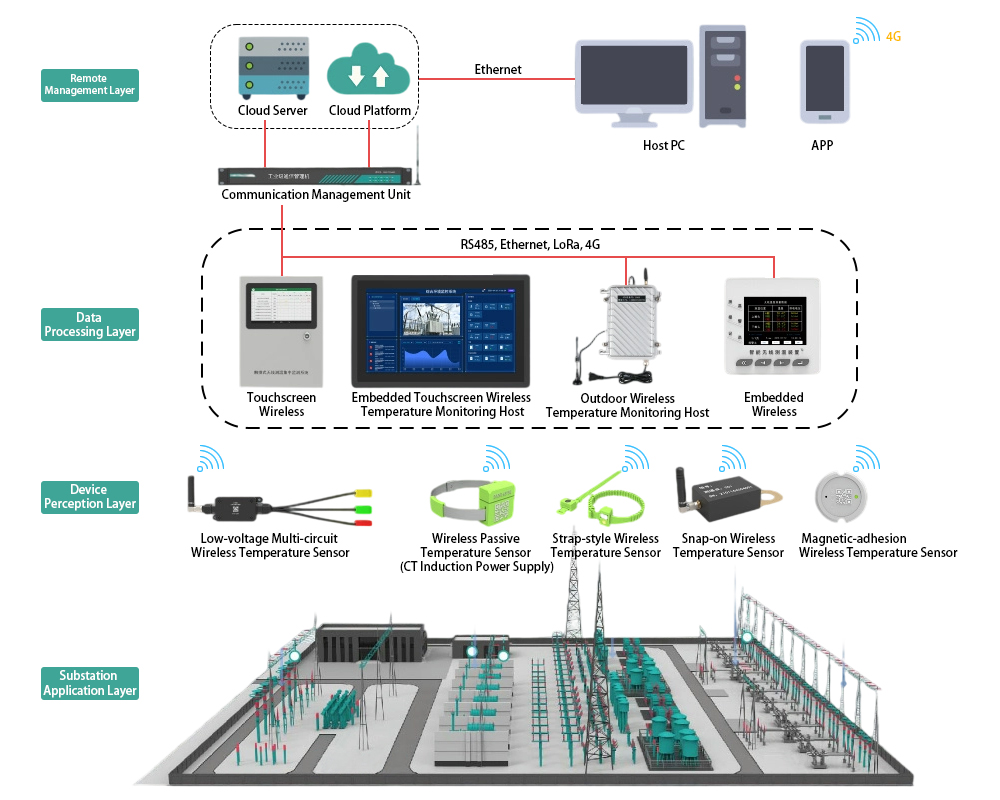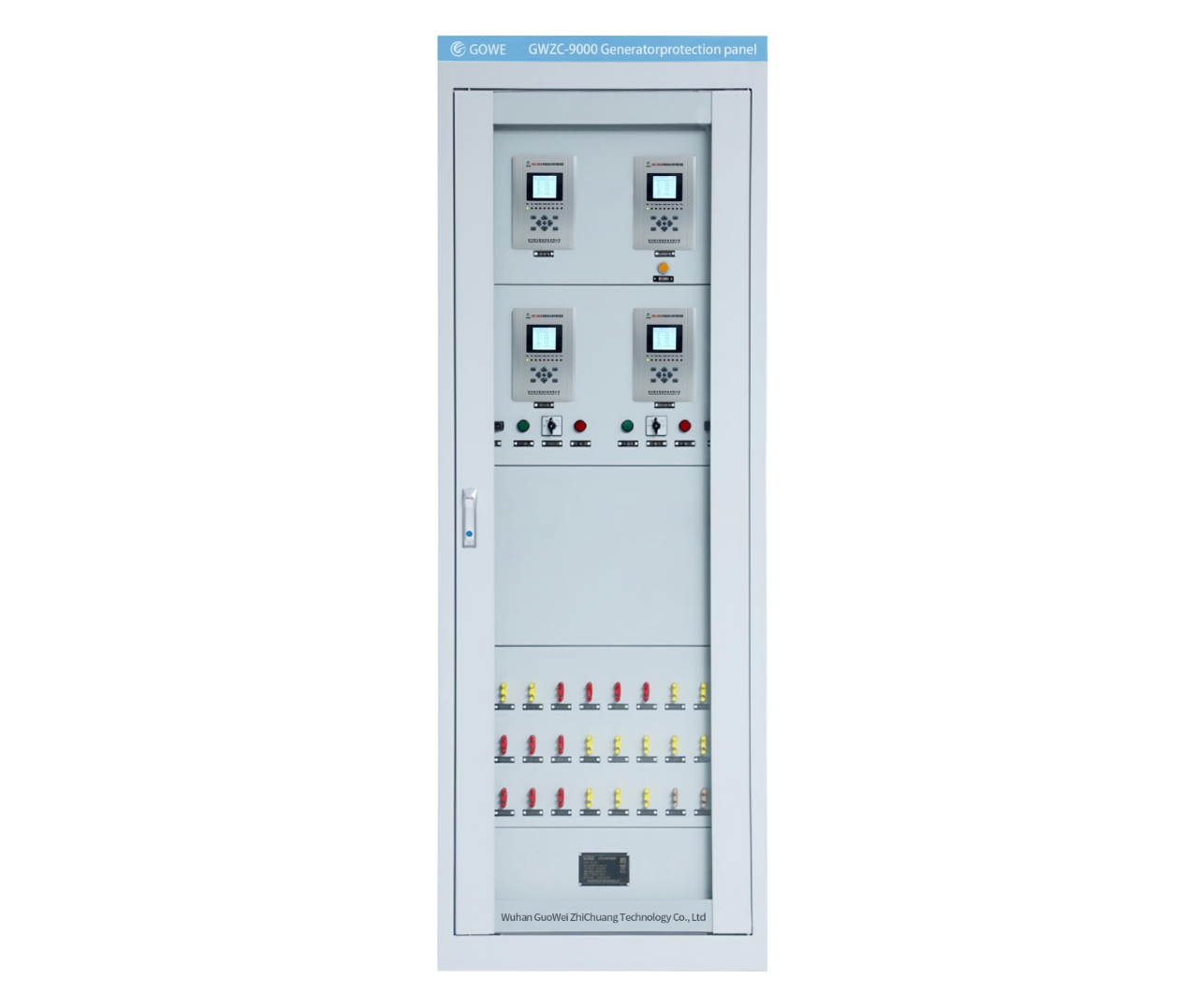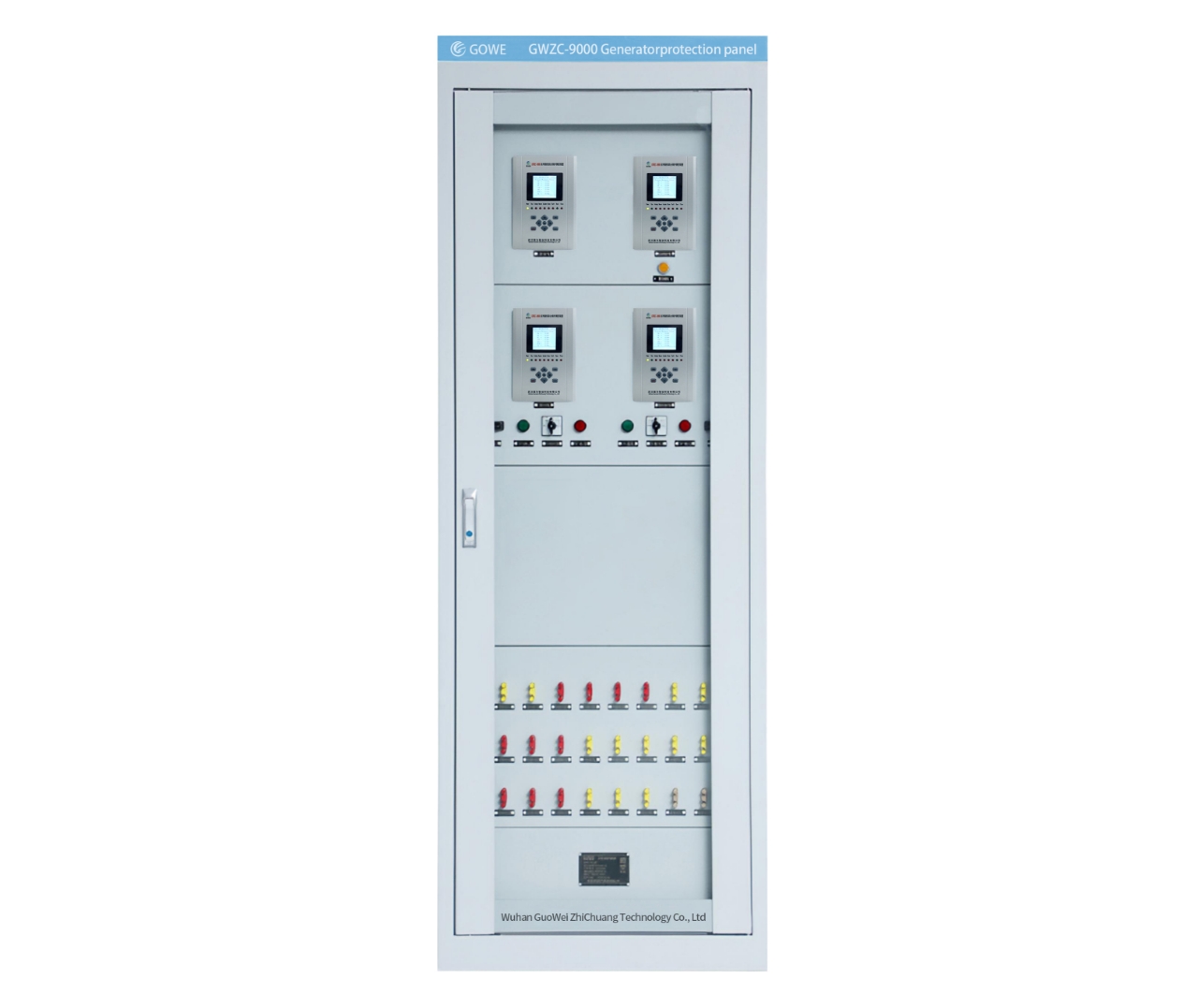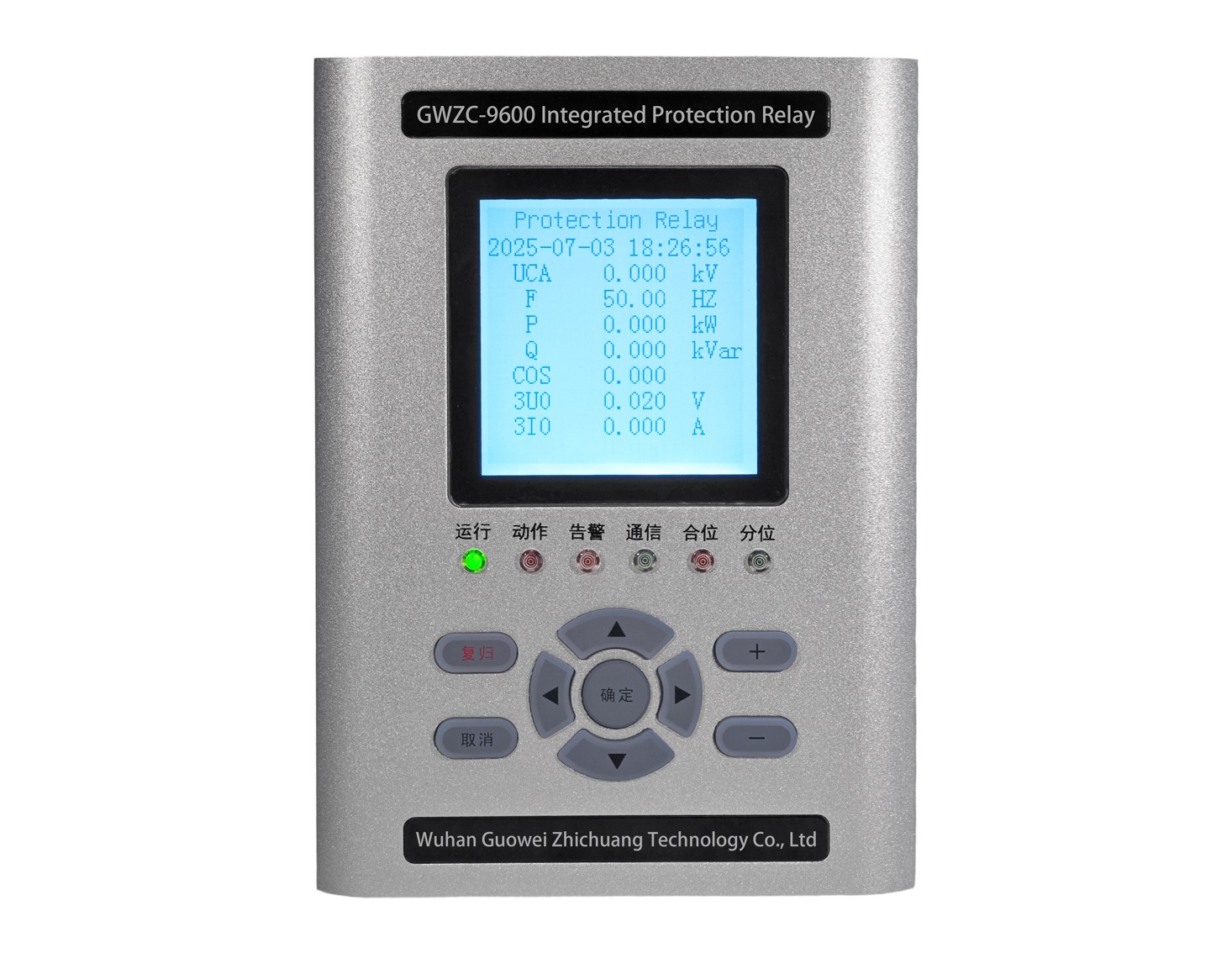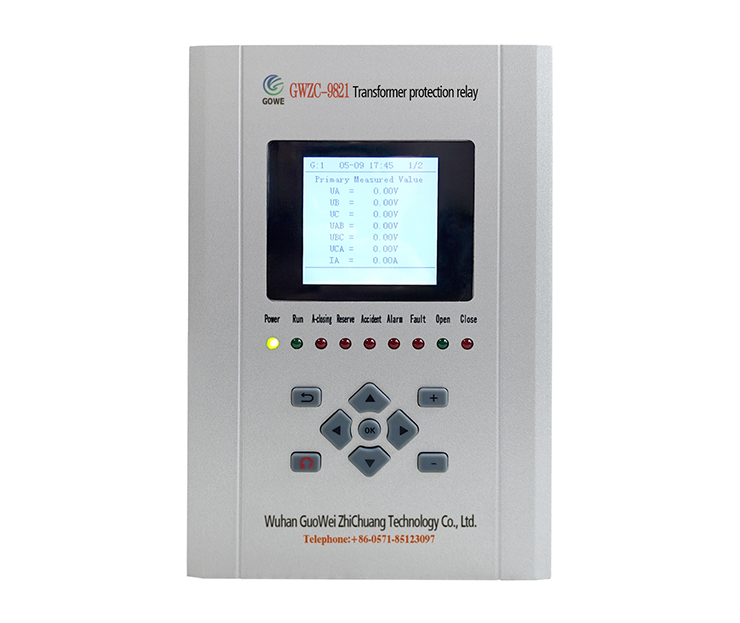
Bus differential protection is a critical relay system in power systems, Bus differential protection relay designed to quickly isolate bus faults with high selectivity, speed, and reliability.
1. Role of Bus Differential Protection
Instantaneous Fault Clearing
Detects and trips bus short-circuit faults (phase-to-phase or ground faults) within milliseconds to prevent system-wide damage.
Selective Tripping
Only disconnects circuit breakers connected to the faulty bus, minimizing outage impact.
System Stability Assurance
Prevents voltage collapse or cascading failures by isolating faults before they destabilize the grid.
2. Core Functions of Bus Differential Protection
Fast Operation for Internal Faults
Identifies bus faults by comparing the vector sum of branch currents (differential current).
Restraint During External Faults
Remains stable for external faults (e.g., line faults) where differential current is negligible.
CT Saturation Mitigation
Uses anti-saturation algorithms (harmonic restraint, time-delay compensation) to prevent false tripping.
Adaptive Logic for Bus Reconfiguration
Automatically adjusts protection settings during bus switching operations.
3. Working Principle of Bus Differential Protection
Current Balance Principle (KCL)
Normal/External Fault Condition: ∑I in =∑I out , differential current I d =0.
Internal Fault Condition: I d = ∑I in≠0, exceeding the preset threshold triggers tripping.
Differential Protection Criteria
Operating Condition: I d >I set (differential current setting).
Restraint Characteristic:I d >K⋅I restraint to enhance security.
4. Key Technologies & Classification
Current Differential Protection
Full Differential: All CTs connected in parallel; requires matched CT characteristics.
Partial Differential: Used for complex bus arrangements (e.g., with transfer buses).
High-Impedance Differential Protection
Relies on voltage rise across a series impedance during faults; highly immune to CT saturation.
Digital Differential Protection
Employs advanced algorithms (sampled-value differential, Fourier analysis) for faster, more reliable operation.
5. Application Considerations
CT Configuration: All branch CTs must have consistent ratios and polarities (software compensation if needed).
Setting Coordination: Settings must account for maximum unbalanced current (CT errors, transient effects).
Synchronized Sampling: Digital relays require precise time synchronization (e.g., GPS) for accurate current phasor comparison.
6. Coordination with Other Protection Systems
With Line Protection: Bus protection acts faster than remote backup protection to ensure selectivity.
With Breaker Failure Protection: Serves as backup if a breaker fails to trip.
